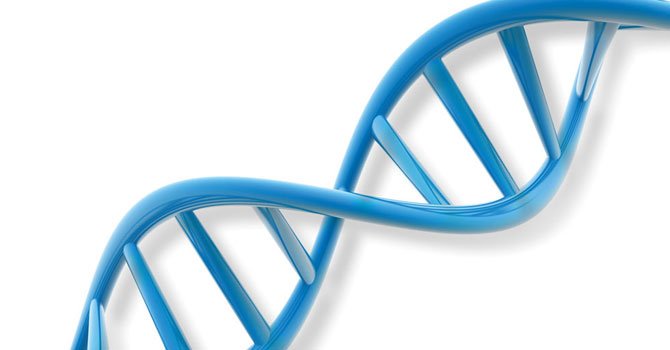
© 2015 50plus Senior News, All rights reserved.
The Search for Our Ancestry: AncestryDNA Revisited
Angelo Coniglio | Sep 7, 2015, 6 a.m.

Readers will remember that over a year ago, for about $100, I purchased a test kit for autosomal DNA analysis by Ancestry.com DNA (AncestryDNA).
After sending in my sample of saliva, I received a message from AncestryDNA saying that “not enough genetic material” was found in my sample, and they would send another kit.
After that sample, and then a third, could not be interpreted by AncestryDNA, I asked for a refund and got one, minus some “handling charges.”
I then purchased a similar test from the venue 23andMe, which was succesful in extracting my genetic material. In previous columns, in some detail, I reported those results, with which I was generally very satisfied.
I know from my “paper genealogy” research of Sicilian records
of birth, marriage, and death that my ancestry back six
generations to the mid-1700s was pure Sicilian, with all my
ancestors back to that time from just two small Sicilian towns,
Serradifalco and Marianopoli.
23andMe showed an expected distribution of my ethnic/geographic ancestry, with clear displays and diagrams and easy procedures for contacting other 23andMe participants who share portions of my genome (that is, other users whose DNA shows they are related to me at some level).
Though my previous AncestryDNA tests had failed, I am still a subscriber to Ancestry.com for access to its genealogical records, and recently, while using the online service, I received a pop-up message that said I had previously had AncestryDNA tests that had failed, and that Ancestry.com was offering to send me a free test kit and would reanalyze my sample for free.
The price was right, so I agreed, and I received a new test kit in a week. I again followed the directions: spit about a tablespoonful of saliva into a plastic tube, seal the tube, shake it to release a preservative, and then place it in a pre-paid mailer and return it to Ancestry.com.
I then registered the kit number online with Ancestry and was advised to wait six to eight weeks for results. In only four weeks, I received an email saying that my results were ready.
DNA testing alone can’t give you a family tree of your direct ancestors, regardless whether the venue is 23andMe, AncestryDNA, or any other service. It can’t give names and dates, but it can give a broad picture of where your ancestors lived at some time in the distant past.
I found that AncestryDNA and 23andMe results were roughly
comparable. 23andMe showed that my ancestry composition was 79.2
percent Italian, 9.8 percent Southern European, 4.7 percent
Middle Eastern, and 1.7 percent African, with less than 0.1
percent British/Irish.
AncestryDNA showed an ethnicity estimate of: 70 percent Italy/Greece, 11 percent Middle East, 2 percent Ireland, 1 percent Britain, and less than 1 percent for Africa.
23andMe says that its estimates are for the period “before the widespread migrations of the past few hundred years.” However, AncestryDNA gives no estimate of when in history its estimate applies.
To extend knowledge of your family tree, gaining names of ancestors you may not have been aware of requires that others who have compiled that information have also had their DNA tested by the same venue that tested yours. Then you can identify “DNA relatives,” contact them privately through the testing service, and compare their “paper genealogy” to yours.
Here again, I feel AncestryDNA falls short.
23andMe allows users to submit a profile that gives the important surnames in their heritage and the names of ancestral towns. From a list of relatives, I can select those that have surnames or towns in common with me, ask them to “share genomes,” and see a bar chart of the portions of each of my 23 chromosomes that theirs match exactly.
I can then communicate with them to share family tree information, which can let one or both of us extend our family tree.
AncestryDNA gives a list of “relatives.” On inspection, some have entered family trees online on Ancestry.com, and whatever information they have there about surnames and ancestral towns is available. But a great many have not entered family trees.
Also, there is no way to compare genomes to see where the DNA matches occur. AncestryDNA does have a feature called DNA Circles, which identifies folks whose DNA matches yours and whose family trees have common ancestors with yours. To date, in my case, no DNA Circles have been found.
|
Write to Angelo at genealogytips@aol.com or visit his
website, www.bit.ly/AFCGen.
He is the author of the book The Lady of the Wheel (La Ruotaia), based on his genealogical research of Sicilian foundlings. For more information, see www.bit.ly/SicilianStory. |
